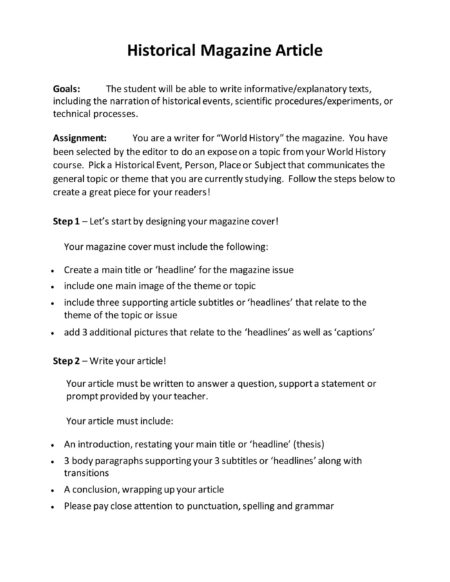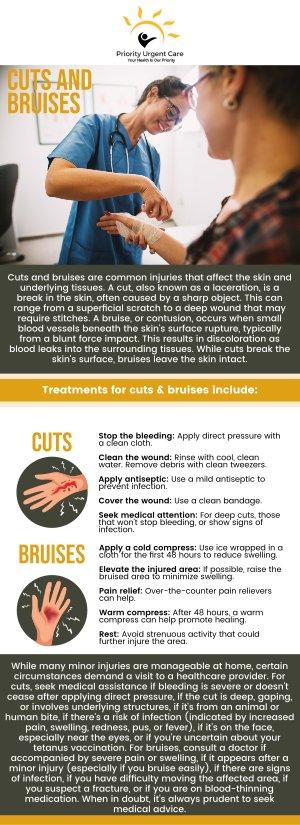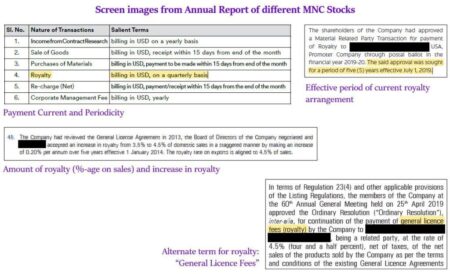AU Delegation Conducts Humanitarian Assessment Visit in Seychelles Following December 2023 Heavy Rainfall
In response to the extensive damage caused by heavy rainfall in December 2023, a delegation from the African Union (AU) has embarked on a crucial humanitarian assessment visit to the Seychelles. The aim of the visit is to evaluate the impact of the severe weather conditions on local communities and infrastructure, and also to provide support in recovery efforts. As the island nation grapples with the aftermath of torrential rains that led to widespread flooding and disruption, the AU delegation’s presence underscores the commitment of regional partners to assist in the rehabilitation of affected areas. This article will delve into the implications of the AU’s findings and the potential strategies for recovery and resilience building in Seychelles.
AU Delegation conducts Humanitarian Assessment in Seychelles Post-Heavy Rainfall
The African Union (AU) delegation is currently engaged in a humanitarian assessment mission in Seychelles, responding to the heavy rainfall and subsequent flooding that affected the archipelago in december 2023. The team, comprising experts in disaster response and recovery, aims to evaluate the extent of damage across various islands and determine the immediate needs of impacted communities. Local authorities have expressed concerns over the infrastructure damage,food security,and public health issues that have arisen from the extreme weather conditions. Key areas of focus include:
- Infrastructure Damage: Assessing the state of roads, housing, and essential services.
- Food Security: Evaluating crop damage and access to food supplies.
- Health Risks: Identifying potential outbreaks of waterborne diseases.
During their visit, the delegation has engaged with local government officials, NGOs, and community leaders to gather firsthand accounts of the incidents. Preliminary findings indicate significant challenges,particularly in remote areas where access to aid has been hindered due to damaged transport routes. The delegation has emphasized the importance of timely support and collaboration with international partners for effective recovery efforts. A summary of the findings will be presented in a forthcoming report that outlines strategic recommendations for enhancing resilience against future disasters.
| Area of Impact | Estimated Damage | Immediate Needs |
|---|---|---|
| Infrastructure | High | Repair resources |
| Food Supplies | Moderate | Food aid |
| Health | Potential Risks | Medical supplies |

impact of December 2023 Rainfall on Seychelles’ Infrastructure and Communities
In December 2023, Seychelles experienced meaningful rainfall that resulted in extensive damage to both urban and rural infrastructure. The heavy downpour led to flooding, causing widespread disruption in transportation and communication services across the archipelago.Key roads were submerged, making it tough for emergency services to reach affected communities. Consequently, many residents found themselves cut off from essential supplies and health services. Local authorities are now prioritizing repair efforts,focusing on restoring access to vital areas and ensuring the safety of the populace.
The impact on communities has been profound,with numerous households displaced and local businesses suffering losses due to the flooding.The AU delegation,conducting a humanitarian assessment,has reported a need for immediate support in several critical areas:
- Food security: Many local farms and fisheries were affected,jeopardizing food supplies.
- Healthcare Access: With health facilities compromised, prompt medical attention is needed for the sick and injured.
- Economic Recovery: Community-based recovery programs are essential to help small businesses bounce back.
To better illustrate the situation, the following table summarizes the key areas impacted by the rainfall:
| Sector | Impact | Immediate Needs |
|---|---|---|
| Transportation | Roads submerged, access blocked | Repair funds, choice routes |
| Utilities | Power outages, water supply disrupted | Restoration teams, emergency supplies |
| housing | Homes damaged, families displaced | temporary shelters, rebuilding materials |

Assessing the Immediate Needs: Insights from the AU Delegation
In response to the severe weather conditions that have recently impacted Seychelles,the AU delegation conducted a thorough assessment focusing on the immediate humanitarian needs of the affected communities. Their observations highlighted the pressing requirements for essential resources, which include:
- Food Security: Immediate food assistance is crucial to support families displaced or rendered food insecure due to the heavy rainfall.
- Medical Supplies: Health services are strained, necessitating the influx of medical supplies and support for local healthcare providers.
- Shelter Rehabilitation: Many households require urgent repairs to their homes, while temporary shelters are needed for those who lost their residences.
The delegation also emphasized the importance of community engagement in addressing these needs effectively. Stakeholders from local organizations and government entities are urged to collaborate in the response efforts, ensuring a coordinated approach to relief. In particular, the delegates recommended establishing a streamlined communication system to relay data and resources efficiently. Key areas identified for immediate action include:
| Action Area | Description |
|---|---|
| Emergency Relief Distribution | Coordinate timely delivery of food and essentials to affected areas. |
| Healthcare Outreach | Deploy medical teams for immediate health intervention. |
| Infrastructure Support | Assess and repair damaged roads to assure accessibility. |

Exploring Long-Term Solutions for Climate Resilience in seychelles
The recent assessment visit by the AU delegation underscores the pressing need for lasting strategies to bolster climate resilience in Seychelles. The devastating heavy rainfall that impacted the islands in December 2023 highlighted vulnerabilities in the existing infrastructure and disaster response systems.To mitigate the effects of climate change and protect the habitats and livelihoods of the Seychellois people, a multifaceted approach should be adopted, focusing on sustainable practices and community engagement. Key avenues for enhancing resilience may include:
- Infrastructure Development: Prioritizing the construction of flood-resistant buildings and roads.
- Natural Resources Management: Implementing conservation projects that preserve mangroves and coral reefs.
- Public awareness Campaigns: Educating communities on disaster preparedness and sustainable practices.
- Investment in Research: Supporting studies on climate impacts specific to Seychelles.
Moreover, establishing a collaborative framework involving local communities, government entities, and international organizations is critical. By fostering partnerships, Seychelles can leverage diverse expertise and resources to develop innovative solutions tailored to its unique surroundings. The graph below illustrates potential areas of focus for immediate and long-term action:
| Focus area | Immediate Action | Long-Term Strategy |
|---|---|---|
| Flood Management | Install efficient drainage systems | Designate flood zones and enhance green spaces |
| Coastal Protection | Reinforce sea walls | Implement natural barriers like mangrove forests |
| Community Engagement | Conduct town hall meetings | Establish community action groups |

Collaboration with Local Authorities: Key Recommendations for Disaster Preparedness
Effective disaster preparedness requires a cohesive approach between local authorities and communities. To foster stronger collaborations,it is indeed crucial to establish clear communication channels that allow for ongoing engagement and information sharing.Local authorities should prioritize the creation of multi-agency task forces that include representatives from government, non-governmental organizations, and community leaders. These task forces can be instrumental in developing extensive preparedness plans that address specific local vulnerabilities. Additionally, investing in regular training sessions and simulation exercises can enhance the readiness of all parties involved, ensuring they are equipped to respond swiftly to emergencies.
Moreover, local authorities should focus on public awareness campaigns to educate residents on disaster risk reduction strategies.These initiatives can include workshops, informational flyers, and social media outreach to disseminate critical information. It is indeed essential to involve community members in the planning process to ensure that the strategies implemented are relevant and effective. Collaborative efforts can also benefit from establishing a centralized resource hub where residents can access vital information and participate in disaster preparedness activities. Engaging local businesses as partners in these initiatives could further strengthen the resilience of communities, enabling a more unified response to unforeseen weather events.

Future Steps: strengthening Humanitarian Response Frameworks in the Region
The AU delegation’s visit to Seychelles amidst the aftermath of the significant rainfall in December 2023 underscores the urgent need for comprehensive and adaptive humanitarian response frameworks in the region. As the impact of climate change continues to escalate, it becomes increasingly vital to enhance coordination among regional stakeholders to ensure a timely and effective response to such natural disasters. Key areas of focus should include:
- Capacity Building: Invest in training local authorities and NGOs to improve disaster preparedness and management skills.
- Resource Allocation: Establish a rapid response fund specifically for immediate relief efforts in affected areas.
- Community Engagement: Involve local communities in the planning and execution of response strategies to foster resilience.
- Data Sharing: Develop a robust data-sharing platform to track climate-related incidents and facilitate quicker responses.
Additionally, the establishment of regional partnerships will be pivotal in fortifying these frameworks. Collaborative efforts can streamline resources and expertise,ensuring affected populations receive timely assistance. To illustrate potential collaborative models, the following table outlines key regional actors and their roles:
| Association | role |
|---|---|
| African Union | Coordination of regional humanitarian initiatives |
| united Nations | Provision of technical support and funding |
| Local NGOs | On-ground implementation of relief efforts |
| Government Agencies | Policy formulation and emergency response |

In Retrospect
the African Union’s delegation’s visit to Seychelles underscores a significant commitment to addressing the humanitarian challenges posed by the heavy rainfall experienced in december 2023. The assessment aims not only to evaluate the immediate impact on affected communities but also to identify necessary support measures for recovery and rebuilding efforts. As seychelles navigates the aftermath of this climatic event, the collaboration with the AU and international partners will be crucial in fostering resilience and ensuring that the needs of the most vulnerable populations are met. Continued monitoring and open communication will be vital as the situation evolves, ensuring that the nation’s recovery is both swift and sustainable. The Seychelles News Agency remains dedicated to keeping the public informed on further developments related to this humanitarian effort and its long-term implications for the nation.







